Vaginal steaming is an ancient practice that has been used for centuries in many cultures around the world. The practice involves sitting over a pot of steaming water infused with various herbs.
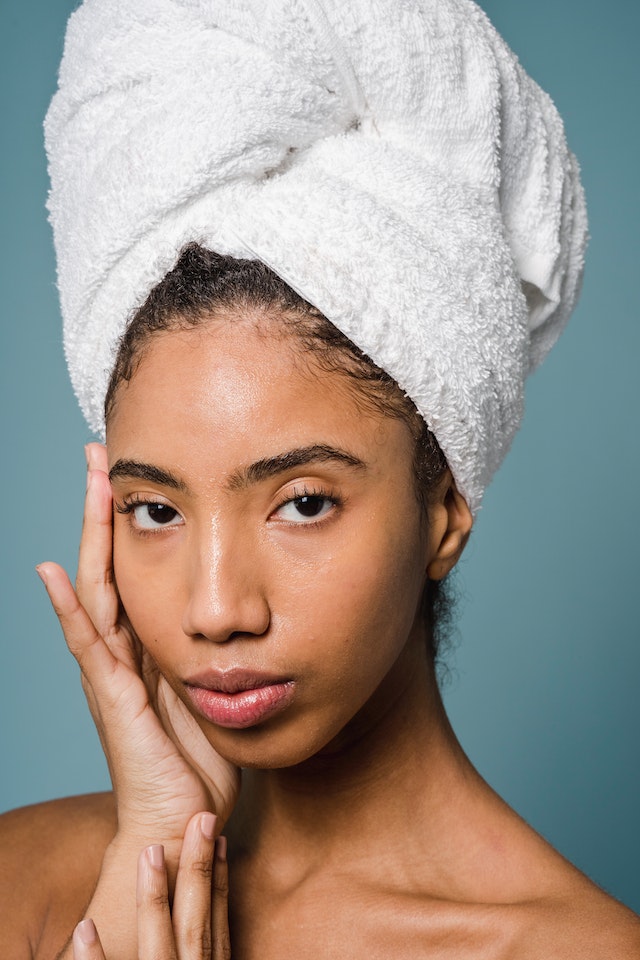
Herbs are an essential component of vaginal steaming, as they are responsible for the therapeutic effects of the practice. Different herbs are believed to have different benefits, and their selection depends on the specific needs of the individual. Some commonly used herbs for vaginal steaming include mugwort, rosemary, lavender, and chamomile. These herbs are believed to have anti-inflammatory, antifungal, and antibacterial properties that help to promote vaginal health.
Disclaimer: This article is provided for informational purposes only and should not replace professional medical advice. Please consult with a qualified healthcare practitioner or herbalist before using any herbal remedies.
Understanding Vaginal Steaming
Vaginal steaming, also known as V-steaming or yoni steaming, is an ancient practice that has gained popularity in recent years. The practice is said to provide numerous benefits for vaginal health, including cleansing, toning, and rejuvenating the vagina.
During vaginal steam sessions, women sit on a specially designed seat that allows the steam to enter the vagina while keeping the rest of the body covered. The steam is created by boiling water and adding a mixture of herbs, such as mugwort, rosemary, and chamomile. The warm steam and herbal infusion are said to help increase blood flow, stimulate the production of cervical mucus, and promote healing.
Vagi-steam baths have been used for centuries in many cultures around the world, including Africa, Asia, and Central America. The practice is believed to have originated in ancient Egypt, where it was used to treat a variety of gynecological issues.
Evidence
While there is limited scientific research on the benefits of vaginal steaming, many women report positive experiences with the practice. Advocates claim that it can help with menstrual cramps, vaginal dryness, and even infertility. However, it is important to note that the practice is not recommended for everyone, and there are some potential risks involved.
It is important to use caution when trying vaginal steaming and to consult with a healthcare provider before doing so. Women who are pregnant, have an active infection, or have a history of vaginal irritation or injury should avoid vaginal steaming. Additionally, it is important to use only high-quality herbs and to follow proper hygiene practices to prevent infection.
While vaginal steaming is an ancient practice that has gained popularity in recent years, it is important to approach it with caution and to consult with a healthcare provider before trying it. While many women report positive experiences, there is limited scientific research on the benefits of the practice, and there are some potential risks involved.
Scientific Evidence and Controversies
There is a lack of scientific evidence supporting the use of vaginal steaming with herbs for health benefits. The World Health Organization (WHO) has stated that there is no evidence that vaginal steaming is effective for any medical conditions.
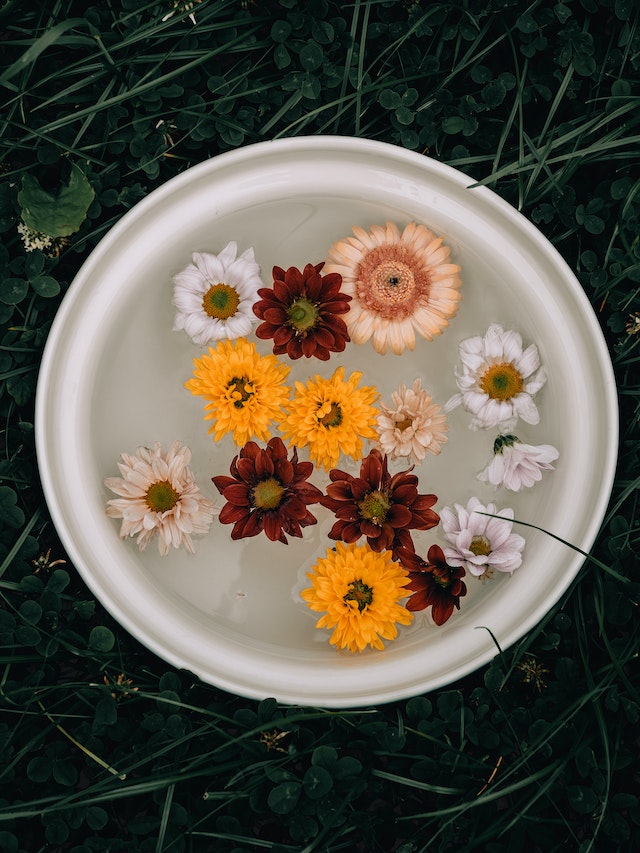
Despite the lack of scientific encouragement, some women continue to use vaginal steaming with herbs for a variety of reasons. Some believe that it can help with menstrual cramps, fertility, and overall vaginal health. However, there is no solid scientific studies to support these claims.
The Journal of Obstetrics and Gynecology has published articles discussing the potential risks associated with vaginal steaming. These risks include burns, infections, and disruption of the natural pH balance of the vagina. It is important to note that the vagina is self-cleaning and does not require any additional cleansing methods.
There is controversy surrounding the use of vaginal steaming with herbs. Some believe that it is a harmless and beneficial practice that has been used for centuries, while others argue that it is a potentially dangerous practice with no scientific evidence to support its use. It is important for women to be informed about the potential risks associated with vaginal steaming and to make informed decisions about their own health.
Potential Benefits of Vaginal Steaming
Vaginal steaming, also known as yoni steaming or vaginal detoxing, is a traditional practice that involves exposing the vulva to herb-infused steam. While there is limited scientific research on the topic, some people believe that vaginal steaming may offer several potential health benefits.
Reproductive and Sexual Health
One of the primary reasons people use vaginal steaming is to support reproductive and sexual health. Advocates of the practice claim that it can help to balance hormones, regulate menstrual cycles, reduce menstrual cramps, and improve fertility. Some also believe that vaginal steaming can help to increase libido and enhance sexual pleasure.
General Health Benefits

In addition to reproductive and sexual health benefits, some people believe that vaginal steaming can offer general health benefits. These purported benefits include reducing stress, improving sleep, and boosting energy levels. Some also believe that vaginal steaming can help to improve the immune system and reduce inflammation in the body.
Potential Benefits
While the research on vaginal steaming is limited, some studies suggest that it may offer some potential benefits. For example, a study published in the Journal of Obstetrics and Gynaecology Research found that vaginal steaming may help to reduce pain and inflammation in women with vulvodynia. Another study published in the Journal of Alternative and Complementary Medicine found that vaginal steaming may help to relieve symptoms of menopause, such as hot flashes and vaginal dryness.
It is important to note, however, that there is still much to learn about the potential benefits of vaginal steaming. More research is needed to fully understand its effects on the body and to determine whether it is a safe and effective practice for everyone. It is also important to consult with a healthcare provider before trying vaginal steaming, especially if you have any underlying health conditions or concerns.
Herbs Used in Vaginal Steaming
Vaginal steaming, also known as yoni steaming, is a practice that involves exposing the vulva to herb-infused steam. This practice is believed to help cleanse and tone the vaginal area, promote relaxation, and support overall reproductive health. Different herbs are used in vaginal steaming, and they are often combined to create herbal blends that are tailored to specific needs and preferences.
Yoni Steam Herbs
Yoni steam herbs are natural herbs that are traditionally used in vaginal steaming. These herbs are believed to have cleansing, toning, and soothing properties that can help support vaginal health. Some of the most commonly used yoni steam herbs include:
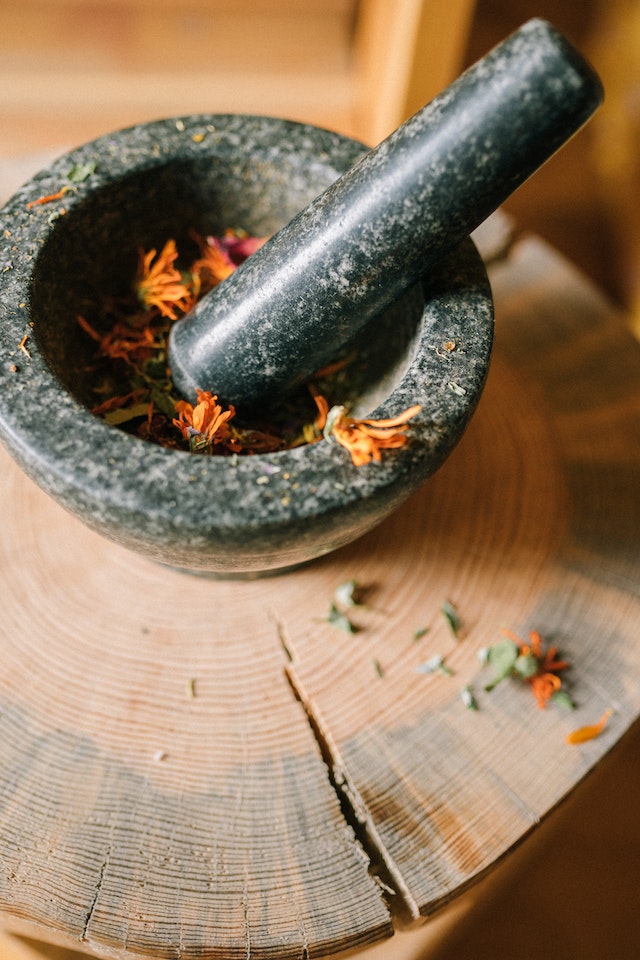
- Rose petals: Rose petals are often used in yoni steam blends for their relaxing and soothing properties. They are believed to help reduce stress and promote emotional balance.
- Rubus idaeus: Rubus idaeus, also known as red raspberry leaf, is a popular yoni steam herb that is believed to help tone and strengthen the uterus. It is also believed to have anti-inflammatory properties that can help reduce menstrual cramps.
- Calendula flowers: Calendula flowers are often used in yoni steam blends for their anti-inflammatory and antibacterial properties. They are believed to help soothe and heal vaginal tissues.
- Achillea millefolium: Achillea millefolium, also known as yarrow, is a yoni steam herb that is believed to have astringent and antiseptic properties. It is often used to help tone and tighten vaginal tissues.
Medicinal Herbs
In addition to yoni steam herbs, medicinal herbs are also commonly used in vaginal steaming. These herbs are believed to have specific healing properties that can help address various reproductive health issues. Some of the most commonly used medicinal herbs in yoni steam blends include:
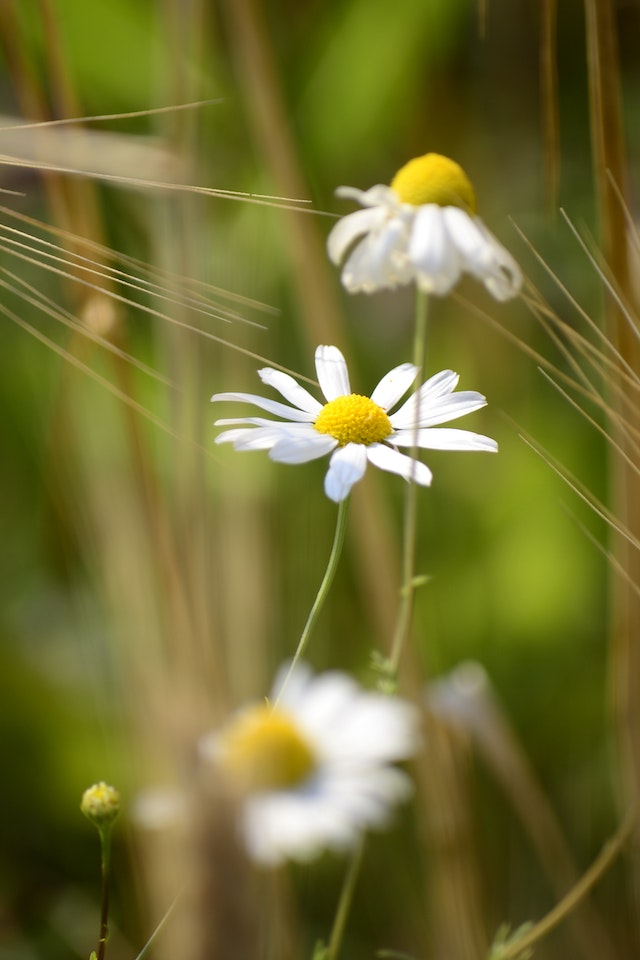
- Calendula officinalis: Calendula officinalis, also known as pot marigold, is a medicinal herb that is believed to have anti-inflammatory, antifungal, and antibacterial properties. It is often used in yoni steam blends to help address vaginal infections and inflammation.
- Red clover: Red clover is a medicinal herb that is believed to have estrogen-like properties. It is often used in yoni steam blends to help balance hormones and support overall reproductive health.
- Lemon balm: Lemon balm is a medicinal herb that is believed to have antiviral and antibacterial properties. It is often used in yoni steam blends to help address vaginal infections and promote healing.
- Matricaria chamomilla: Matricaria chamomilla, also known as chamomile, is a medicinal herb that is believed to have anti-inflammatory and antispasmodic properties. It is often used in yoni steam blends to help soothe menstrual cramps and promote relaxation.
Essential Oils
Essential oils are highly concentrated plant extracts that are often used in yoni steam blends to add fragrance and enhance the therapeutic properties of the herbs. Some of the most commonly used essential oils in yoni steam blends include:
- Lavender: Lavender essential oil is often used in yoni steam blends for its relaxing and soothing properties. It is believed to help reduce stress and promote emotional balance.
- Eucalyptus: Eucalyptus essential oil is often used in yoni steam blends for its antibacterial and antifungal properties. It is believed to help address vaginal infections and promote healing.
- Tea tree: Tea tree essential oil is often used in yoni steam blends for its antiviral and antibacterial properties. It is believed to help address vaginal infections and promote healing.
In conclusion, vaginal steaming is a practice that involves exposing the vulva to herb-infused steam. Different herbs are used in vaginal steaming, and they are often combined to create herbal blends that are tailored to specific needs and preferences. Yoni steam herbs, medicinal herbs, and essential oils are commonly used in yoni steam blends to help support vaginal health and promote overall reproductive wellness.
How to Prepare a Vaginal Steam at Home
Materials Needed
Preparing a vaginal steam at home requires a few materials that can be easily found in your own kitchen or purchased from a local store. Here are the materials needed:
- 1 to 2 cups of water
- Glass bowl
- Herbs for vaginal steaming (e.g., lavender, chamomile, calendula)
- Yoni steam seat or a comfortable chair with a hole in the middle
- Blanket or towel for warmth and privacy
Steps to Follow

- First, boil 1 to 2 cups of water in a pot or kettle.
- While the water is boiling, prepare your glass bowl by adding a handful of herbs for vaginal steaming. You can use a single herb or a blend of herbs, depending on your preference.
- Pour the boiling water over the herbs and stir the mixture gently. Let it steep for a few minutes until the temperature is comfortable for you.
- Place the bowl under your yoni steam seat or a comfortable chair with a hole in the middle. Make sure the seat is at a comfortable height and the bowl is securely placed underneath.
- Remove your clothing from the waist down and sit on the seat, covering yourself with a blanket or towel for warmth and privacy.
- Relax and enjoy the steam for 20 to 30 minutes, taking deep breaths and focusing on your body.
- After the steam, rest for a few minutes and then clean up the area with warm water.
It is important to note that if this is your first time trying a vaginal steam, it is recommended to start with a shorter duration of 10-15 minutes and gradually increase the time as you become more comfortable. It is also important to use caution when handling hot water and steam to avoid burns or injuries.
Precautions and Contraindications
Before engaging in vaginal steaming with herbs, it is important to be aware of the potential risks and contraindications. While vaginal steaming with herbs can provide various benefits, it may not be suitable for everyone. It is recommended that individuals consult with a healthcare provider before engaging in vaginal steaming with herbs.
Some precautions and contraindications to keep in mind include:
- Open wounds: Individuals with open wounds or sores in the vaginal area should avoid vaginal steaming with herbs. This can increase the risk of infection and delay the healing process.
- Pregnancy: Pregnant women should avoid vaginal steaming with herbs, as it can potentially harm the developing fetus. Some herbs used in vaginal steaming, such as mugwort, can cause contractions and lead to premature labor.
- Menstruation: Women should avoid vaginal steaming with herbs during menstruation, as it can disrupt the natural flow of blood and potentially lead to heavy bleeding.
- Breastfeeding: It is recommended that women who are breastfeeding avoid vaginal steaming with herbs, as some herbs can pass into breast milk and potentially harm the infant.
- Medical conditions: Individuals with certain medical conditions, such as diabetes or high blood pressure, should consult with a healthcare provider before engaging in vaginal steaming with herbs. Some herbs can interact with medications and potentially cause adverse effects.
Overall, it is important to approach vaginal steaming with herbs with caution and seek professional medical advice before engaging in this practice. While it can provide various benefits, it is not suitable for everyone and can potentially cause harm if not done properly.
Vaginal Health Issues and Vaginal Steaming
Menstrual Issues
Many women experience discomfort and pain during their menstrual cycle. Vaginal steaming has been used to alleviate menstrual symptoms such as cramps, discomfort, and heavy bleeding. The practice is believed to help regulate the menstrual cycle and promote hormonal balance.
Infections
Bacterial vaginosis and yeast infections are common vaginal infections that can cause discomfort and pain. Vaginal steaming has been used to help alleviate the symptoms of these infections. The practice is believed to help balance the pH levels of the vagina and promote the growth of healthy bacteria.
Hormonal and Reproductive Issues
Vaginal steaming has been used to address hormonal imbalances and reproductive issues such as infertility and uterine prolapse. The practice is believed to help promote blood flow to the reproductive organs, regulate hormonal balance, and promote fertility.
It is important to note that vaginal steaming should not be used as a substitute for medical treatment. Women with vaginal dryness or other health issues should consult with a healthcare provider before trying vaginal steaming. Additionally, it is important to use caution when using herbs for vaginal steaming as some herbs can cause allergic reactions.
Cultural and Societal Perspectives on Vaginal Steaming
Vaginal steaming is a practice that has been around for centuries and is still widely practiced in many cultures around the world. It is often seen as a way to cleanse and heal the female reproductive system. The practice involves sitting over a pot of steaming water infused with various herbs, such as basil, rosemary, and chamomile.
In many cultures, vaginal steaming is performed by medicine women or traditional healers who have been trained in the use of herbs and other natural remedies. These practitioners believe that the steam and herbs can help to balance hormones, regulate menstrual cycles, and even treat fertility problems.
In Central America, for example, the practice of vaginal steaming is known as “bajos” and is used by indigenous women for a variety of purposes, including postpartum care and menstrual pain relief. Similarly, in South Africa, the practice is known as “Mugwort V-Steam” and is believed to help with menstrual cramps, yeast infections, and other gynecological issues.
However, vaginal steaming is not without controversy. Some Western medical professionals have raised concerns about the potential risks of the practice, including burns, infections, and disruption of the vaginal microbiome. Despite these concerns, the practice has gained popularity in recent years, in part due to celebrity endorsements such as Gwyneth Paltrow’s promotion of the practice on her lifestyle website, Goop.

Overall, the cultural and societal perspectives on vaginal steaming vary widely depending on the region and cultural traditions. While some view it as a natural and effective way to promote women’s health, others see it as a potentially dangerous and unproven practice. As with any alternative health practice, it is important for individuals to do their own research and consult with a healthcare professional before trying vaginal steaming.
Conclusion
Vaginal steaming is a practice that has been used for centuries in different parts of the world. It involves exposing the vulva to herb-infused steam, which is believed to have various benefits. The use of herbs for vaginal steaming has been studied in different contexts, and the results have been mixed.
Some studies have shown that vaginal steaming with herbs can help relieve menstrual cramps and other menstrual-related symptoms. For example, a review article on the historical investigation of dysmenorrhea from Abulcasis’s point of view found that some herbs were used in the shape of vaginal steam bath to alleviate menstrual pain.
However, other studies have shown that vaginal steaming with herbs can be harmful and may cause burns, infections, and other adverse effects.
Despite the mixed results, vaginal steaming with herbs continues to be a popular practice, and many women swear by its benefits. However, it is important to be cautious and to consult with a healthcare provider before trying vaginal steaming with herbs, especially if you have any underlying medical conditions.
In conclusion, the use of herbs for vaginal steaming is a controversial practice that requires further research to determine its safety and efficacy. While some women may find it beneficial, others may experience adverse effects. It is important to approach this practice with caution and to seek guidance from a healthcare provider.
References:
Magali Robert. J Obstet Gynaecol Can. 2019 Jun;41(6):838-839. doi: 10.1016/j.jogc.2018.07.013. Epub 2018 Oct 23.
Garcia Shyla; Mercado Maria Dolores A; Angeles Unikah Leah; Co-Sy Eileen. Comparison of the efficacy of guava leaves extract as hot steam and wash versus intake of oral antibiotic for postpartum wound healing after a normal spontaneous vaginal delivery with episiotomy / Philippine Journal of Obstetrics and GynecologyPhilippine Journal of Obstetrics and Gynecology ; : 15-18, 2014.

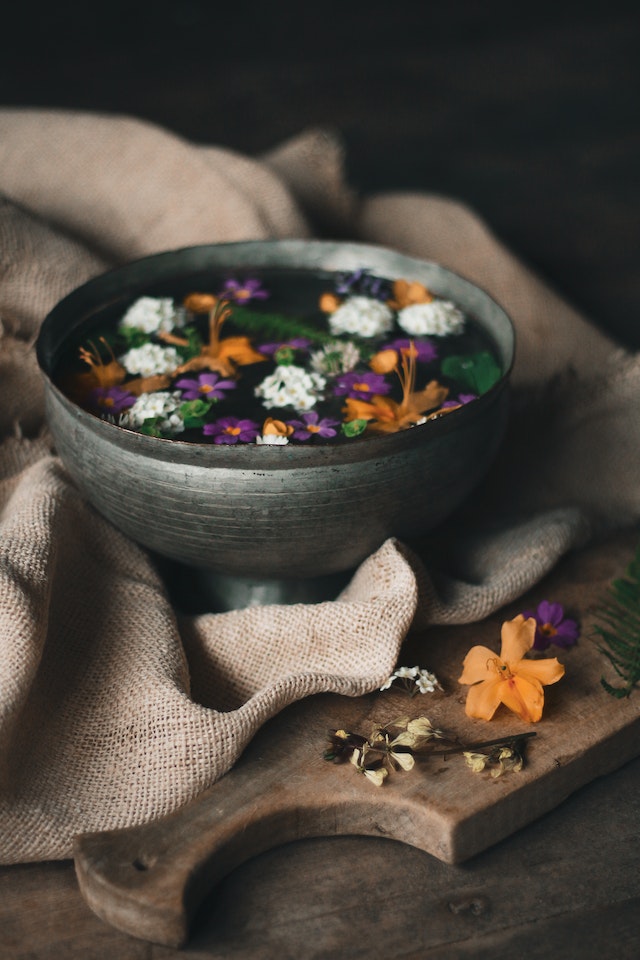



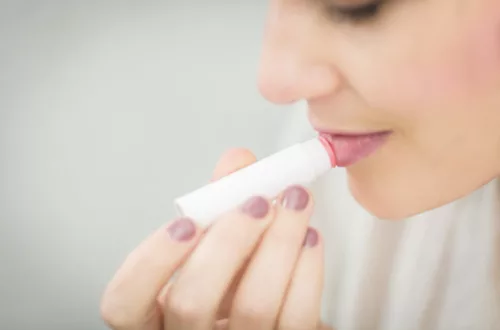
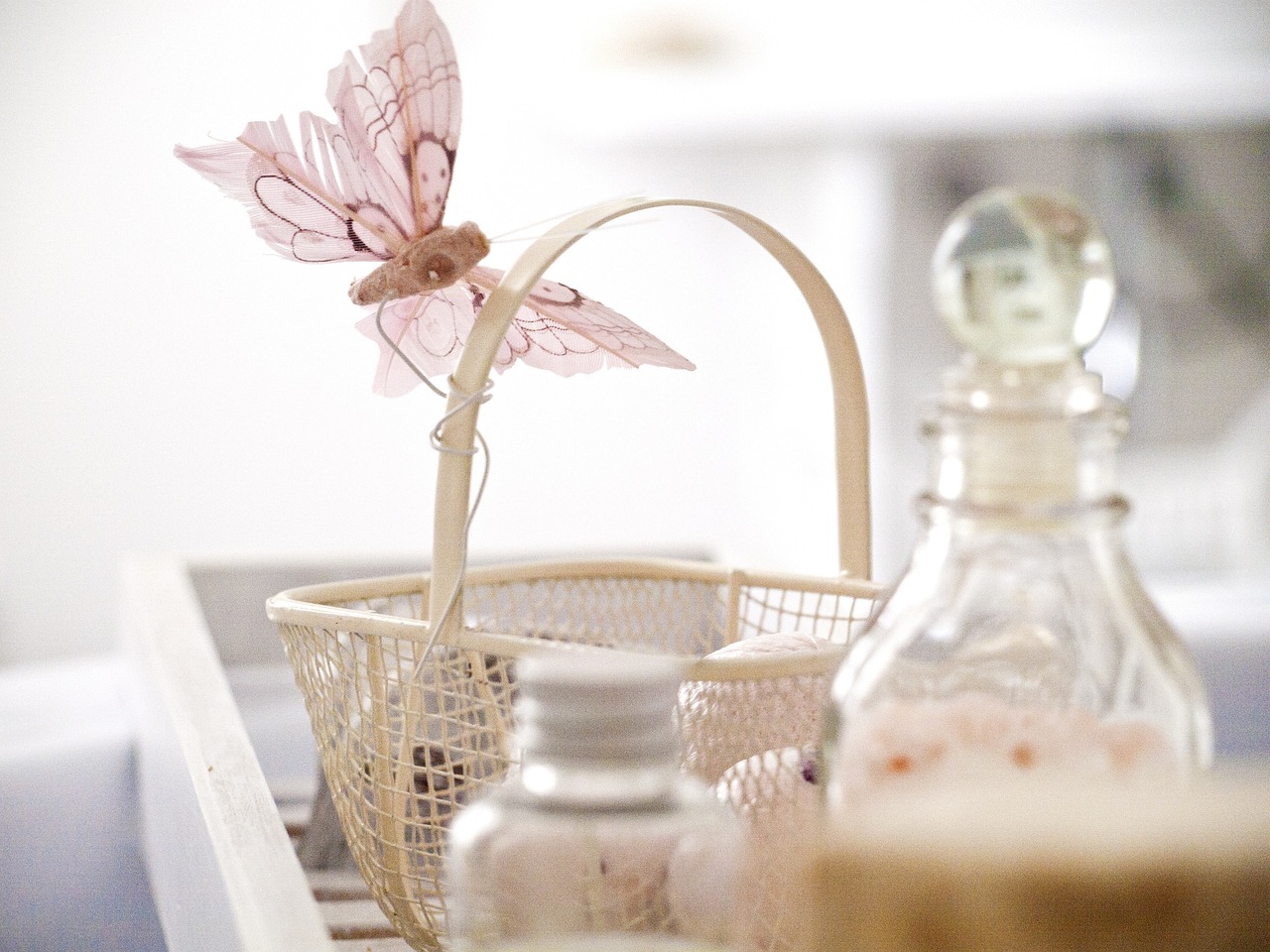

Interesting post. I’m glad I found this page. I’m going to bookmart it so I can read any future posts.